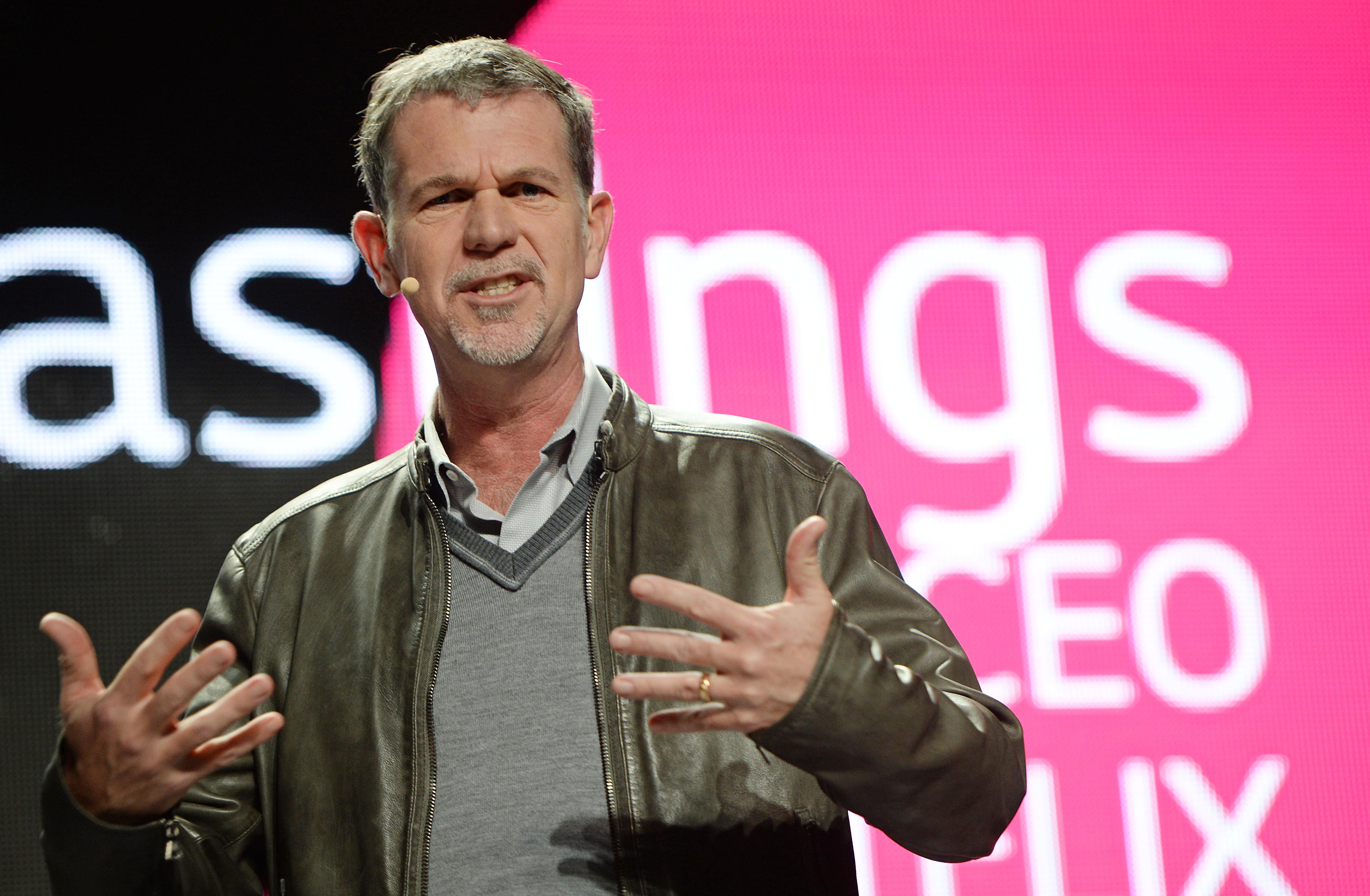This week, Netflix challenged efforts by some Internet service providers to limit how the streaming service connects to its users, joining the debate among major players about the challenges of interconnection and peering. In a statement, CEO Reed Hastings said so-called “peering”-type deals, such as the one it just struck with Comcast, indicate the need for stronger net neutrality protections. Casting Netflix as David, Hastings wrote: “If this kind of leverage is effective against Netflix, which is pretty large, imagine the plight of smaller services today and in the future.”
“Peering” and net neutrality may sound dull, but the future of your entertainment is at stake (and so are some rather more important things). Most people don’t think much about how content is delivered to their computer or TV screen via a device like Apple TV or a Roku box. Normally, you click a link or enter a Web address into your browser, and the requested content usually appears almost instantly. Sometimes you get a perpetual “spinning circle of doom” or the dreaded hourglass, indicating that you may experience delays in receiving the content you requested. Or occasionally you get an error page instead of reaching the webpage you were trying to visit. If you use Netflix, you’re probably familiar with the galling screen that says there’s a network problem.
Network neutrality protections were designed to address some of the reasons you might have trouble reaching a certain page. The FCC’s Open Internet Order, which was mostly overturned in January by the D.C. Circuit Court of Appeals, contained two rules for wired broadband providers: a “no-blocking” rule that prohibits Internet service providers from blocking content from their subscribers, and a prohibition against discriminating against certain content or types of content using other means. However, those rules did not cover things like peering and interconnection, terms you can learn more about here and here.
And that’s where the Netflix-Comcast deal comes in, and is why Netflix’s recent statement is so important. Netflix and Comcast announced last month that the two companies have come to a new—indeed, unprecedented—“peering”-type arrangement, with Netflix paying Comcast for the direct carriage of Netflix content to Comcast subscribers.
Because the world of peering arrangements is shrouded in a cloud of nondisclosure agreements, except for the occasional public debate when things go totally off the rails, it’s extremely difficult to assess the reasonableness of the rates charged for this agreement or for any others. And given the degree to which content providers rely on those tenuous agreements to get their shows and movies and other media to users, there is an inherent disincentive for them to cry foul when problems arise. But peering issues nonetheless have real implications for all of us as Internet users, and implications for content developers as well. Netflix’s statement highlights why these concerns are important not just for indie content developers, but for established ones as well.
The opaque world of peering arrangements means that it’s impossible for content creators to account for future peering fees, particularly now that companies have to negotiate directly with ISPs, rather than through a Content Distribution Network, such as Level 3. Large, game-changing media delivery systems like Netflix didn’t happen overnight, and the next big “Netflix” or Netflix-competitor might be just an idea at this point. The threat of additional, potentially huge expenses could deter the would-be next big thing from developing innovative tools or services.
These problems inevitably carry over to end-users as well. Netflix was the disruptive force that facilitated a world of “cord-cutting”—where users ditched their cable service for online streaming. But if new peering arrangements prevent companies from developing products to compete with Netflix, customers of Netflix might see their prices continue to rise or miss out on new, disruptive services entirely.
And these issues underscore precisely why we need strong leadership at the FCC and smart polices going forward. The need for net neutrality protections doesn’t merely exist at the very edges of the Internet in the relationship between users and their ISPs. As the Internet has evolved, the points at which problems occur have shifted into the world of peering and interconnection. The FCC needs the clearest authority possible to deal with the Internet as an ecosystem and address the various challenges that have arisen throughout the network.
